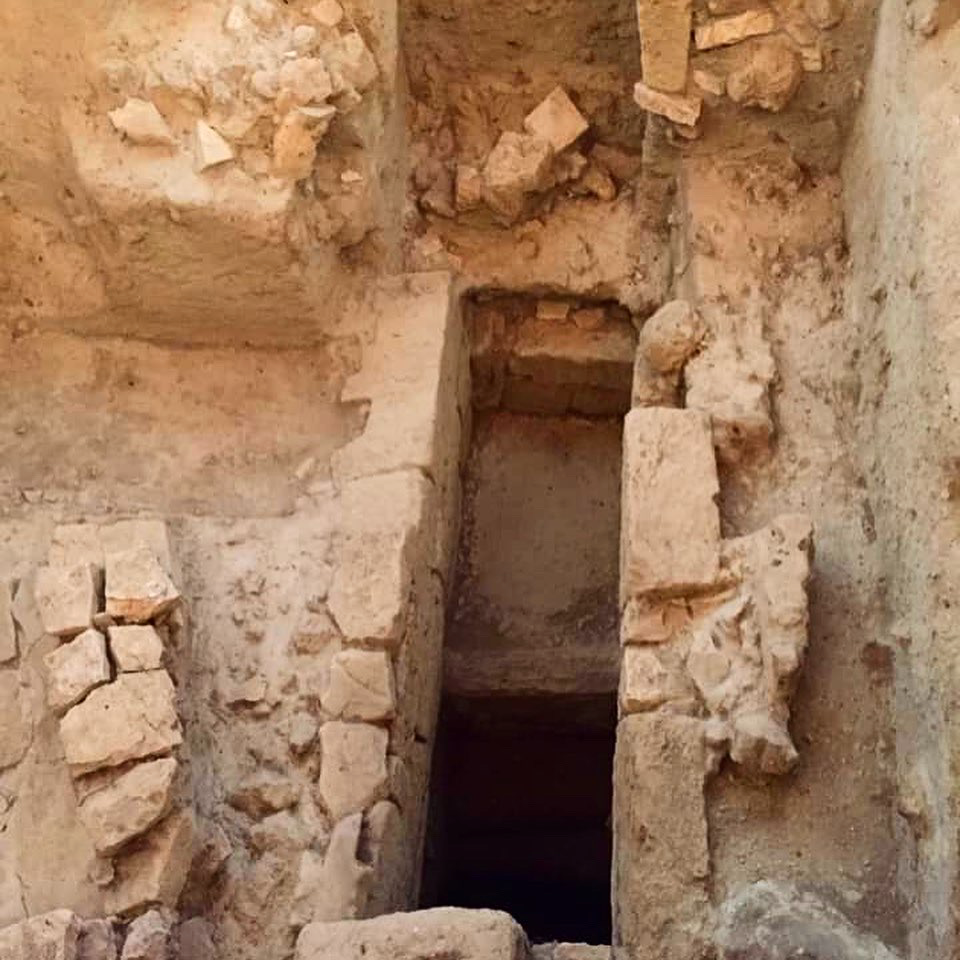
In this week’s episode of Two Friends Talk History, I have the great privilege of interviewing heritage heroes, Makis and Hettie Metaxas from Poros, Kefalonia; two very dear people I met in 2008 while excavating at the ancient necropolis of Pronnoi as an undergraduate. Makis served many years as mayor of Poros, in southeastern Kefalonia, and the mayor of Kefalonia, and continues his passion for monument preservation as the President of the Prehistoric Studies of Kefalonia Society – the perfect role for the man who discovered of the famed Tzannata tholos tomb over thirty years ago.


Henriëtte Metaxas-Putman Cramer, is equally passionate about the conservation and heritage promotion of the island, and even wrote the go-to Travel Guide (now in 8 languages!) for visiting Kefalonia, has worked across many types of media promoting the island and its archaeological sites. After living and working in Poros for several decades, she saw a need to create a guide to the island which brought the richer details of her experience to light for visitors.
Speaking over Zoom this spring, we caught up after ten years since meeting on excavation in the necropolis of ancient Pronnoi. We discussed the exciting discovery of the largest known tholos tomb in the Ionian sea, the responsibility of heritage preservation and conservation, and their hopes for the future. For our full discussion you can listen here:
Bronze Age Kefalonia: the Tzanata tomb with Hettie and Makis Metaxas – Two Friends Talk History

Recent Developments!
Making news on June 11, 2021, after many years or public outreach, fundraising and conservation advocacy, the Metaxas’ and their colleagues celebrated the news that the Greek government confirmed the scheme to build a gabled, protective roof and access for the archaeological site around the tholos tomb. The roof and maintenance will be funded by the Prehistoric Studies of Kefalonia Society according to Stavros P. Travlos, the Deputy Regional Governor of Kefalonia and Ithaca. This welcome news means the much needed conservation work will finally happen for the monument, and bring with it considered infrastructure of tourists to safely visit the site. This work will also raise awareness of Kefalonia’s place Bronze Age Mediterranean history, through it’s position as one of the nodes in the network of regional kingdoms for the period.

What is the Tzannata Tomb?
In the Mycenean period, elites burried their dead in large beehive shpaed tombs. The Tzannata tholos tomb measures 6.8 m in diameter to a maximum heigh of nearly 4m, making it the largest known tomb to date in the Ionian Sea. Inside the tholos – uniquely – were the burials underground, over generations, stacked on top of one another and from DNA testing, believed to be a related kin group.





It is believed that this monument’s erection was linked to an emergence of a powerful local elite in southern Kefalonia, in the Mycenaean period, that used shared burial practices of the mainland. With the discovery of this tholos tomb some thirty years ago, it opened up many questions about the orientation of powers among the island’s elite, it has remained of interest to the local community and international researchers alike, hoping to answer questions about the Bronze Age centres of power in the Mediterranean and how Kefalonia and Ithaka fit into the landscape of Mycenaean palace culture in the period.
For more information you can follow Hettie and Makis on Facebook groups Discover Kefalonia and Ithaki and their website Homeric Ithaca. They are regularly updating their pages with new and wonderful things going on in Kefalonia, highlighting a truly magical island.
